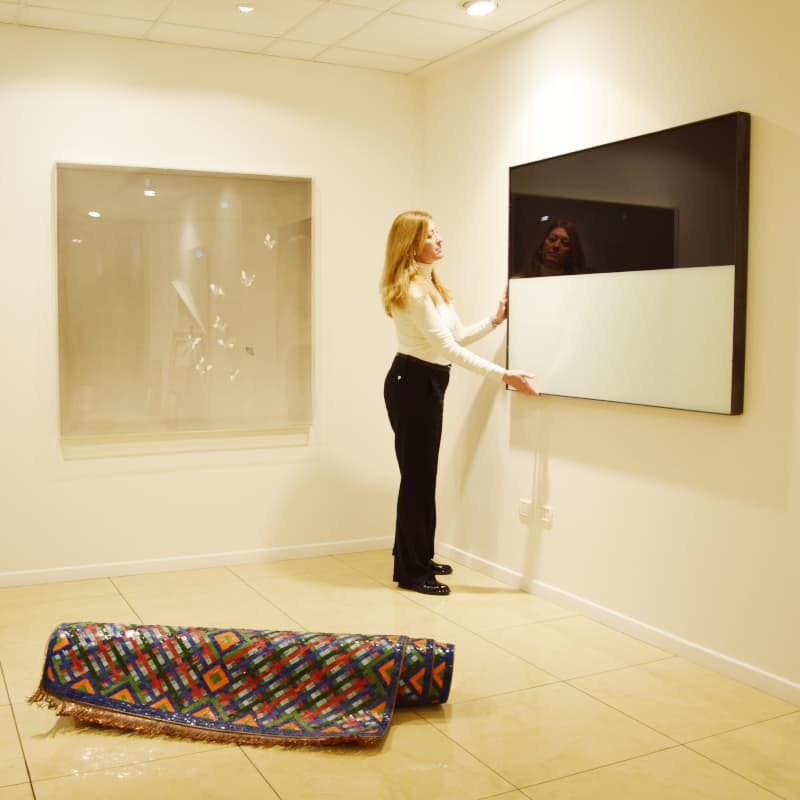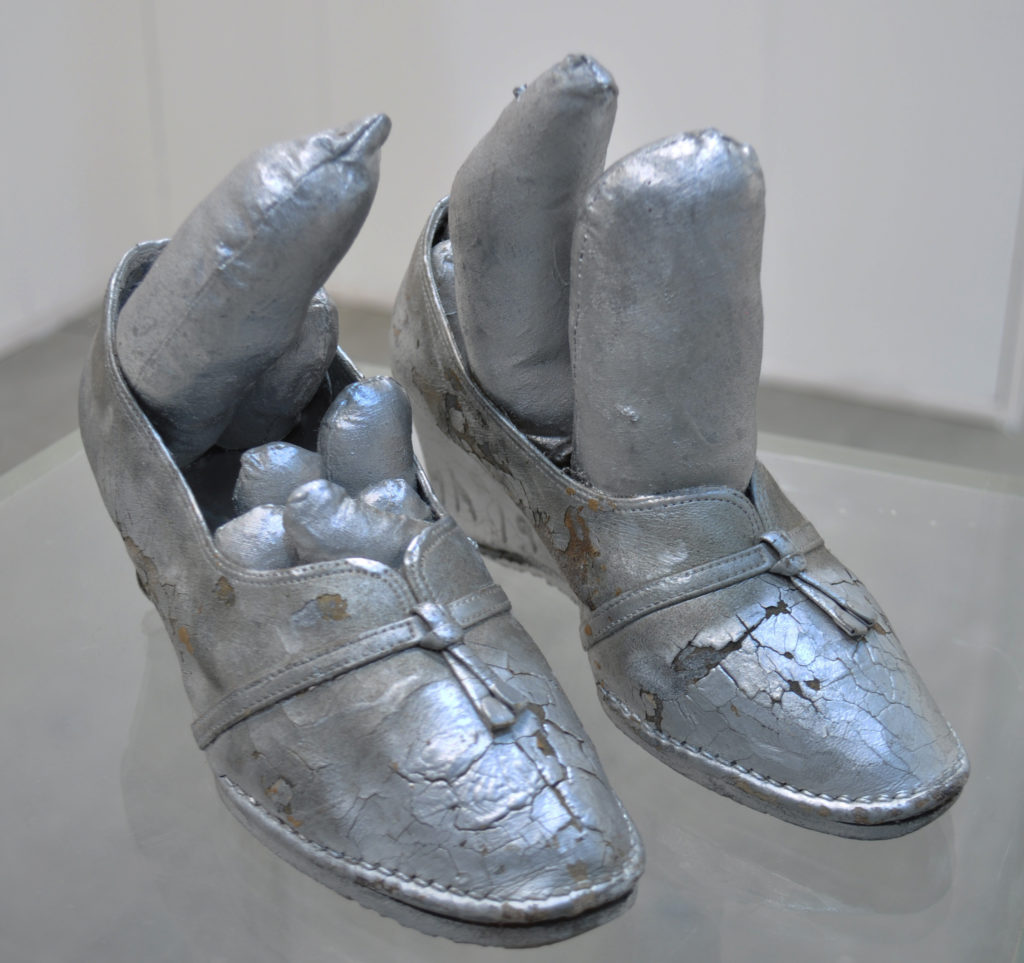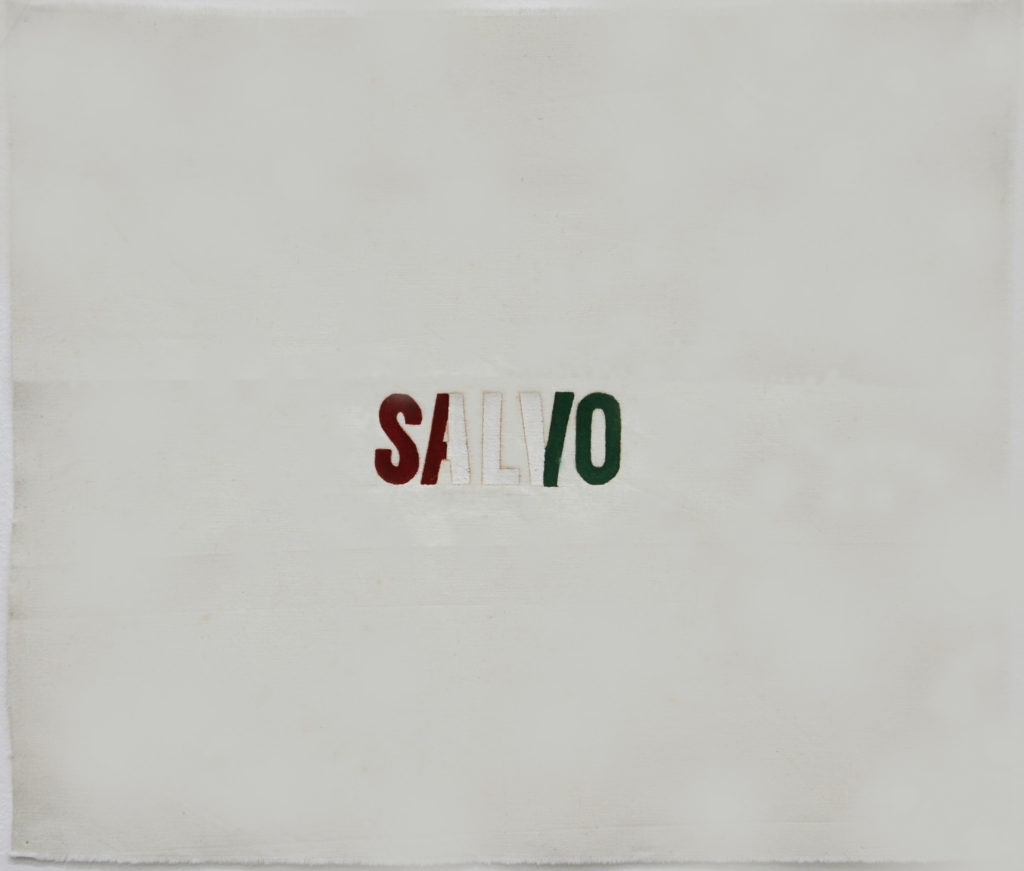Want to Be an Art Investor But Don’t Have Huge Sums of Cash? This Italian Startup Lets You Buy Shares of Works for a Fraction of the Price


Artnet Gallery Network

The dream of investing in art—and buying the kind of names you see on the auction blocks at evening sales—may seem like a glamorous and lucrative, but out-of-reach possibIlity. But two Italian businessmen—Claudio Poleschi, an art dealer with 40 years of experience in the contemporary art market, and Maurizio Fontanini, a legal and financial consultant—are aiming to shake things up with their new venture Art Share, which launched in January.
Poleschi and Fontanini call Art Share an “art investment game-changer.” How so? For starters, it allows would-be investors to buy shares of an artwork, rather than owning the entire work outright. The works—which range from traditional paintings to more complex installations—are vetted by a group of curators led by Fabio Cavallucci, formerly the director of the Center for Contemporary Art Zamek Ujazdowski in Warsaw and the Centro Pecci in Prato. The offerings to date have included works by Giorgio de Chirico, Giorgio Morandi, Pablo Picasso, Mario Merz, Jim Dine, and Yayoi Kusama, among many other famous names.
Eventually the works are sold and the shareholders divide up their earnings.
We sat down with Poleschi and Fontanini, who recently took the time to answer all our burning art-investment questions.
If you were pitching Art Share as an opportunity to a client, what would you say?
Art Share is a very varied and flexible tool: It allows customers to make both large and small investments, as well as to buy whole artworks, giving excellent returns in the short and medium-term, regardless of the amount of the investment. Everything takes place online, too, so it’s quick and easy.
How would you characterize your ideal investors?
We believe that the potential Art Share client is to be found in that immense prairie between the expert collector and the professional investor. Of course, we’d want to include them too. But there’s a huge number of people who may be interested in investing in art—from enthusiasts who would never have purchased works outright because of excessive price tags to people who are interested in stock investments but perhaps can’t afford them. We consider ourselves stimulators of a new form of collecting.

Yayoi Kusama, Silver Shoes (1976). Courtesy of Art Share.
Do you think this is the future of art investing?
There will always be galleries, auctions, fairs, art investment funds, along with shares of companies that own art, crypto assets, and so on. But we are witnessing a progressive shift of the art market on the web, which is being driven at a rapid clip by the current health-related shutdowns. Art Share is one of the most interesting and innovative online products and comes at the most appropriate time, when, unfortunately, many activities cannot take place in person because of safety precautions.
Where are you acquiring the works Art Share offers?
Until now, we have mainly explored the Italian market and, in some part, the Swiss market. But we hope to expand so we can source from and supply the whole world. Art Share customers can also offer their works for purchase—and we can pay more than if they were entrusted to an auction house. Part of our ability to do this is because Art Share is an innovative start-up and has had substantial tax relief from the state of San Marino, Italy, where we’re based.
When does Art Share decide it’s time to sell the artwork for shareholders?
We have developed a special algorithm that tells us the most appropriate time to put work on sale. We try to make these estimations as clear as possible. With the most recent group of works published on the site, in addition to the evaluation for the final sale, we’ve also indicated the approximate term within which the sale is estimated.

Salvo, Salvo (1973). Courtesy of Art Share.
What is the average period between offering shares and selling the work?
As we’ve said, we rely on an algorithm to calculate the best time for the sale, but we strive to achieve that sale point within a two-year frame. But we estimate that the average is less than a year.
Why is art a good place for investing?
Because in times of financial uncertainty, art is a safer place of refuge than others. And the ability to acquire shares of works, not only the whole work, makes the investment interesting for both small and large investors. We have always bought quality works at good prices and with a high prospect of revaluation. Thanks to our experience, the investor can operate safely and securely.
What are the typical returns when you do sell?
We estimate that the average return is about 15 percent per year. But if we were to rely on current data, we would have to say that return is much higher, because of some exceptional circumstances. The work of one of the artists we’ve offered, the Italian artist Salvo, saw greatly increased interest and prices in just a few weeks. We offered his work in shares totaling a price of €45,000. Two months later the work sold for €70,000, which is an increase of over 55 percent.
Of course, that’s not typical. Salvo had found international attention recently (an exhibition at Barbara Gladstone, articles in newspapers and magazines including the New York Times, and the interest of important collectors). Moreover, the work we offered was a sort of missing link in the artist’s development. The work was made in 1973, the year that the then-conceptual artist, decided to return to painting: but the work is still conceptual in the form (the word Salvo written with the colors of the Italian flag) but produced with paint and brush—which is why the price of the work soared.
Do you always sell the works privately?
At the moment the works are sold privately, through the network built by Claudio Poleschi’s 40 years in the business. The website also gives considerable visibility for the sale of the work. Eventually the natural outlet of Art Share could be the establishment of an entirely online auction house.